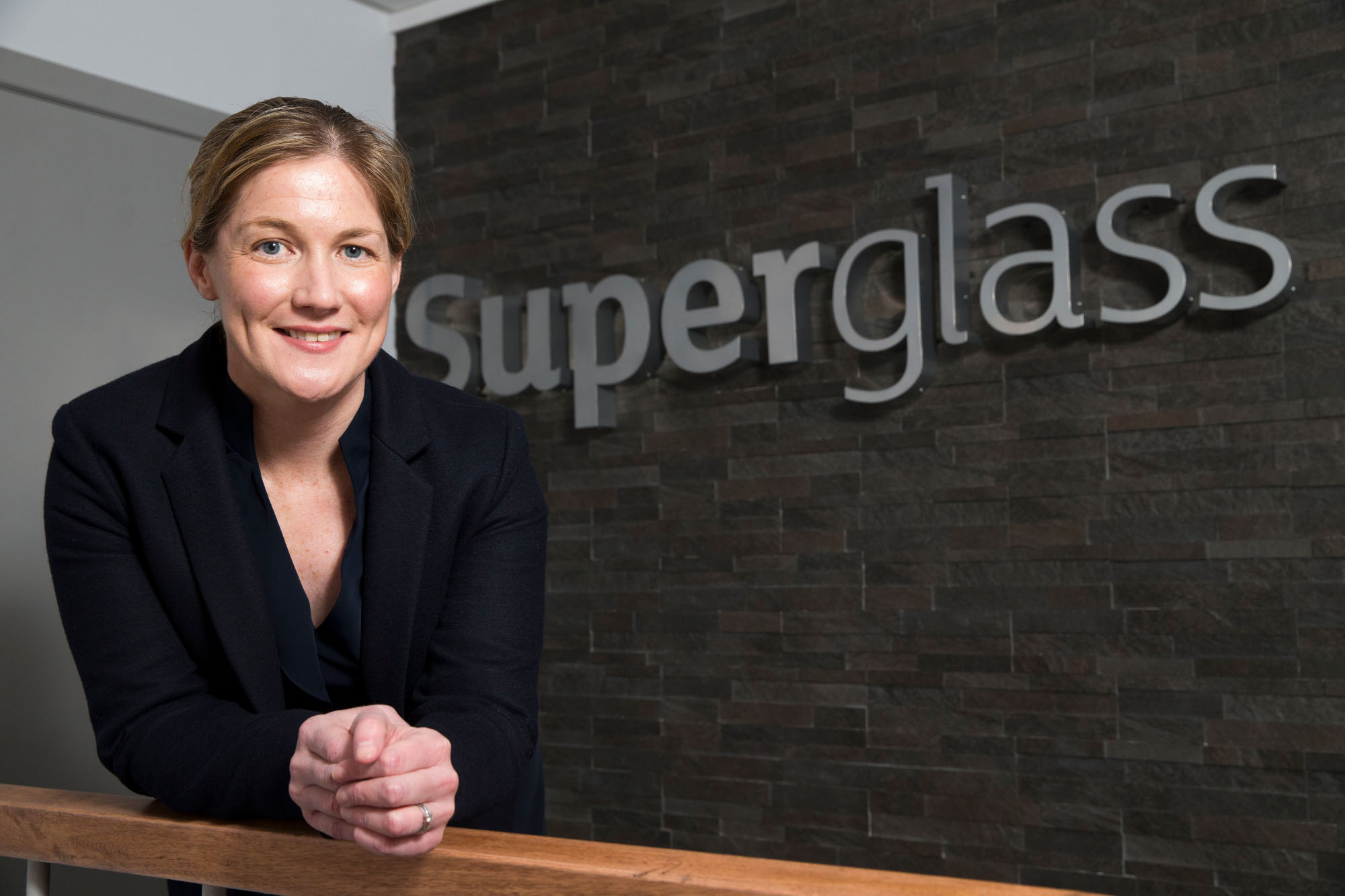Superglass partners with Carlton Power on Stirling green hydrogen scheme

Pictured: Theresa McLean, new CEO of Superglass
Superglass has entered into a strategic partnership with Carlton Power to supply it with green hydrogen for its manufacturing facility in Stirling.
The partnership agreement will support the development of Carlton Power’s proposed Stirling Green Hydrogen scheme and reduce Superglass’ reliance on natural gas.
The Stirling Green Hydrogen scheme is Carlton Power’s first scheme in Scotland. Subject to planning and final designs, it will be similar to Carlton’s three other hydrogen projects that were shortlisted by the UK government in March to receive financial support through the Hydrogen Business Model/Net Zero Hydrogen Fund.
The UK government is using these multi-million-pound programmes to encourage the growth of the hydrogen economy in Scotland and across the UK.
Carlton Power is an established independent energy infrastructure development company with offices in Edinburgh and Stokesley in north Yorkshire. Its Stirling Green Hydrogen scheme will provide Superglass and potentially other energy-intensive users in the area (for example, those with transport fleets) with hydrogen to fuel their operations.
The scheme is to be located at Polmaise, close to Superglass’ manufacturing plant on the Thistle Industrial Estate in Stirling. The Superglass plant, which completed a £37m upgrade in 2019, produces around 60,000 tonnes of glass wool insulation annually and employs 200 people.
The scheme, subject to planning and financing, will see sustainable hydrogen fuel being produced at scale, creating opportunities for businesses in Stirling and the surrounding area to make Net Zero plans with hydrogen in mind. The hydrogen hub facility will support the growth of renewable electricity generation by utilising it to produce and store hydrogen at times when renewable output is high, but demand is low.
Eric Adams, hydrogen projects director at Carlton Power, said: “We’re delighted to be working with Superglass to bring forward our Stirling Green Hydrogen hub; it will help Superglass achieve its sustainability goals and support Scotland’s decarbonisation strategy.
“It is critical that projects such as this are brought forward to support investment by local companies in their operations that can reduce their carbon emissions.”
Theresa McLean, chief executive of Superglass, said: “Carlton Power’s experience in hydrogen and wider energy project development in the UK is first-class, and so we are very pleased to be working with them to develop the Stirling scheme.
“Superglass’s operations are already very energy efficient – our glass wool insulation is made from up to 84% recycled glass and is estimated to save around 300 times the amount of energy used to manufacture it – but we know that we must do more.
“We need to make the transition from fossil-based fuels to hydrogen in order to cut our carbon emissions. The Stirling Green Hydrogen scheme will be an important step forward for not only our company, but the community in which we operate.”
Stirling is part of a portfolio of green hydrogen schemes being developed by Carlton Power and, subject to planning consent and a final investment decision within the next 12-18 months, it would be owned by the Green Hydrogen Energy Company (GHECO), Carlton’s new joint venture company with Schroders Greencoat.
Carlton Power, Superglass and GHECO say they would like to see the green hydrogen hub in operation in 2026 but its construction is contingent on securing local planning and financial support from the UK Government.
Over the next 12-18 months, Superglass and Carlton Power will work together on the various economic, technical, and engineering aspects of the scheme, as well as consultations with local and national stakeholders, including the Scottish Government.
They will also work together to obtain grant funding and operational financial support from the UK Department of Energy Supply and Net Zero (DESNZ). A submission to DESNZ will be made into the next Hydrogen Allocation Round (HAR2), scheduled to be launched in the final quarter of this year.

















